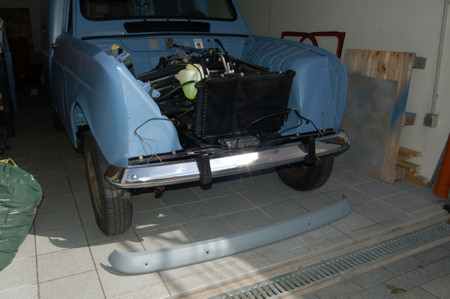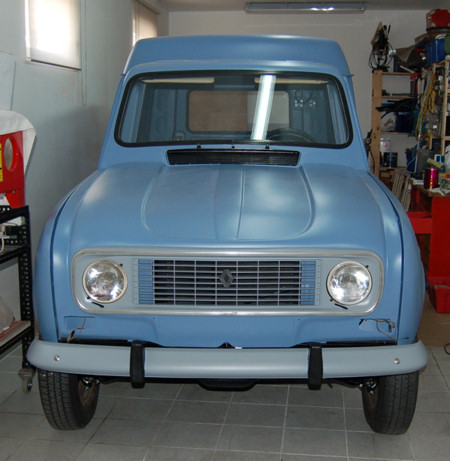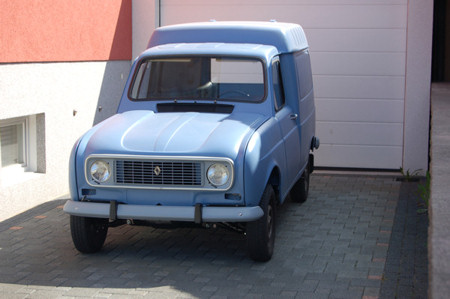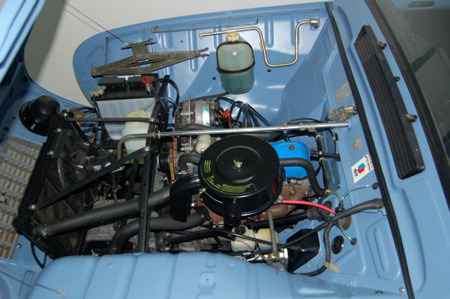malcolm
& Clementine the Cat
- Messages
- 4,637
- Location
- Bedford UK
Renault 4s are a nightmare for panel alignment anyway. They were cheap cars designed so whatever parts they produced had a chance of fitting.
Look at the door gaps. Most modern cars have even 4mm gaps all round. The R4 allowed at least 10mm for each gap, and depending on how things went in the build process they could end up with one 15mm gap and two 7mm gaps.
It's all part of the heritage. Aftermarket parts will encourage us to embrace that heritage, but it's not easy to get things perfect even with original parts. Don't try to bend the hood - it won't bend.
Look at the door gaps. Most modern cars have even 4mm gaps all round. The R4 allowed at least 10mm for each gap, and depending on how things went in the build process they could end up with one 15mm gap and two 7mm gaps.
It's all part of the heritage. Aftermarket parts will encourage us to embrace that heritage, but it's not easy to get things perfect even with original parts. Don't try to bend the hood - it won't bend.






















